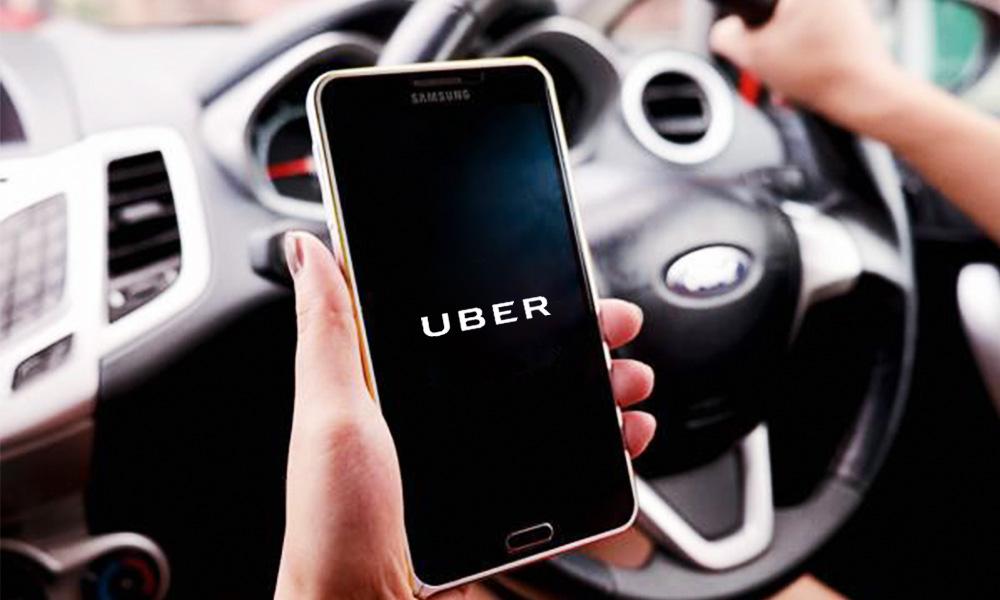LETTER | I refer to the Malaysiakini report Uber to sell Southeast Asia operations to Grab.
While there is much to rejoice for a Malaysian start-up that later moved to Singapore and competed successfully against Uber in the region culminating in a takeover, the joy may be short-lived for ride-hailing passengers, particularly in Malaysia.
In 2014, Uber entered the Malaysian market by undercutting MyTeksi, which was solely a taxi app for cabbies charging regulated fares of which RM3 was the starting fare, RM17.14 per hour and 87 sen per km for budget taxis.
Instead of charging the same fares as taxis or higher, Uber offered RM1.50, RM12 and 55 sen respectively just to capture market share, which was its standard practice globally.
If MyTeksi had protested like taxi drivers that Uber was using private vehicles to carry fare-paying passengers, it would have remained as one of the other 22 taxi apps now operating in the country.
Instead, MyTeksi took the bull by the horns and emulated Uber’s business model by also offering private vehicles at competitive rates.
Passengers using Uber and Grab enjoyed much lower rates than taxis because the fares were subsidised, and these two e-hailing operators were prepared to run up losses to build up a customer base.
Globally in 2016, Uber lost US$2.8 billion in 2016 and US$4.5 billion last year. Grab did not disclose its losses, which are also likely to be substantial, in order to capture 71 percent of ride-hailing service and 95 percent of the taxi-hailing service in Southeast Asia.

But with Grab taking over Uber’s operations in Southeast Asia, there will be no more competition for ride-hailing services using private cars in Malaysia. Price surging would become the norm and not confined to peak hours.
Unless another giant transportation network company enters the local market to offer ride-hailing services using private vehicles, Grab would be enjoying a monopoly.
The only saviour would be for the operators of 22 taxi apps to consolidate and add private vehicles to their services.
Even this alone would not be enough as the consortium would also have to emulate Grab by adding many other services such as parcel and food deliveries, e-money service and many more to build up their customer base.
If not, it would not be able to compete with Grab. If the near-term objective is profit, which was the sole aim of these 22 taxi apps when they were set up, the consortium would not survive.
The views expressed here are those of the author/contributor and do not necessarily represent the views of Malaysiakini.

